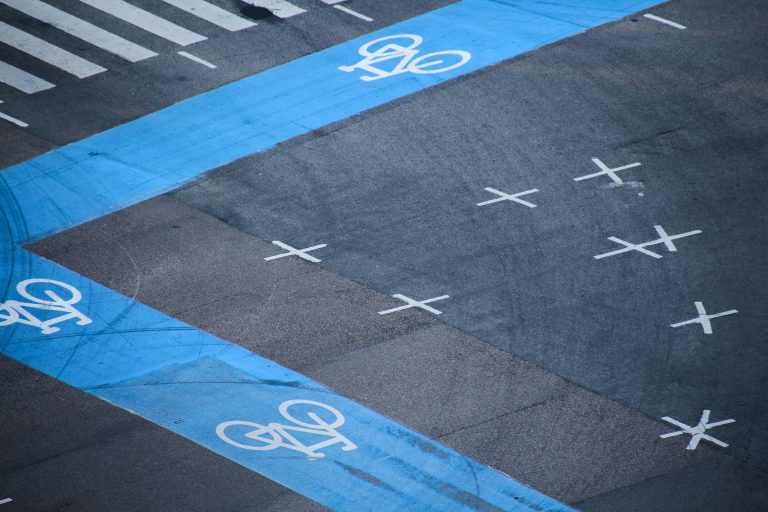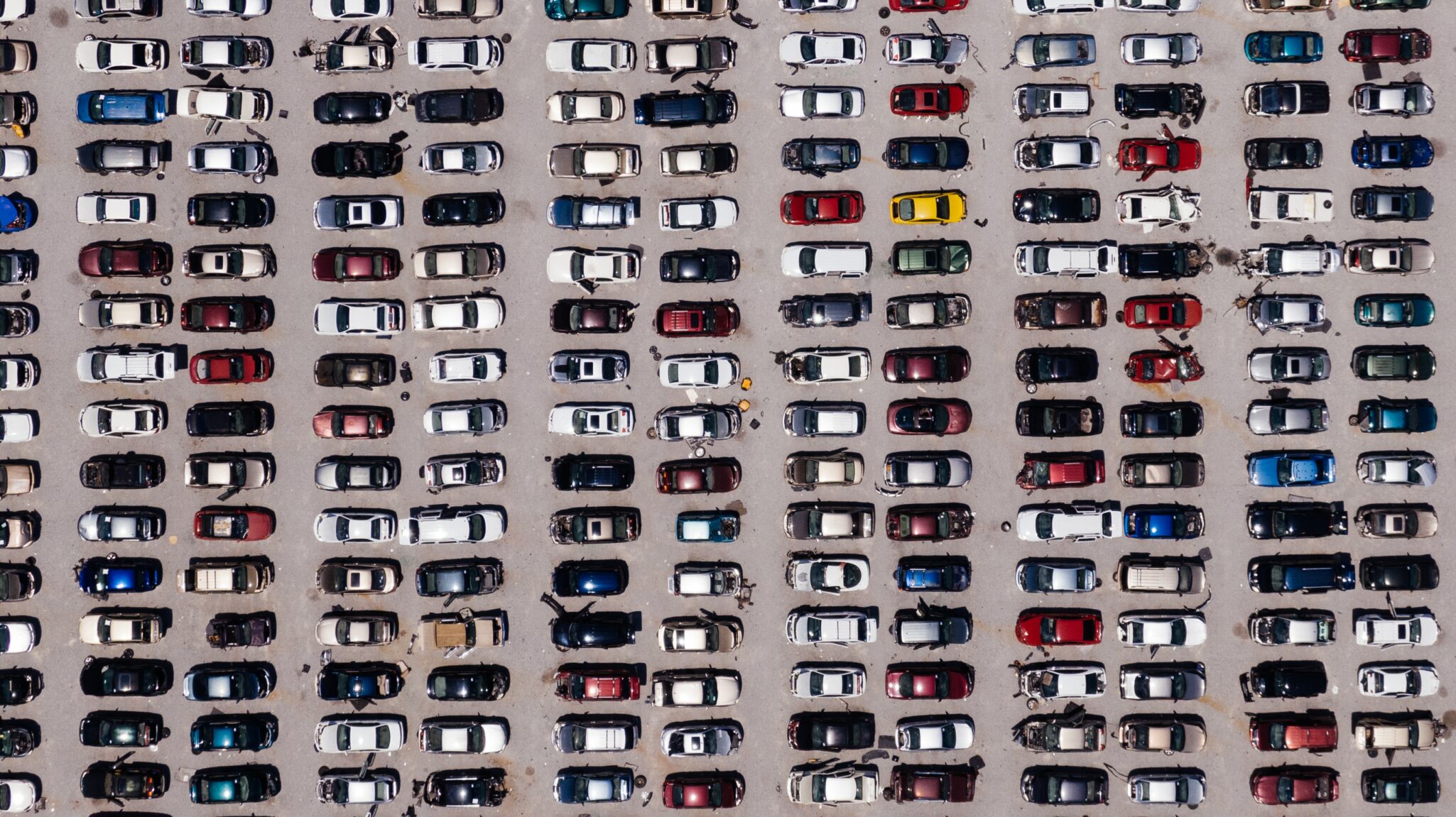The redistribution of traffic areas is a fundamental element of the transformation of transport. IKEM supports municipalities in implementing the transformation of public space.

More and more people are moving to cities. Living space is becoming scarcer and, at the same time, negative effects due to an increase in motorized traffic are becoming increasingly apparent. Therefore, traffic and urban planning strategies are being discussed that can be used to reduce motorized traffic. This also includes taking areas (e.g. road space, parking spaces) away from motorized traffic and making them available for other uses. These areas can, for example, be designated for housing, infrastructure for non-motorized means of transport or as green spaces.
In the MUV project, a guideline is being developed that shows how municipalities can redesign public spaces in favor of active forms of mobility and strengthen the entire environmental network. The guide describes which measures are suitable for specific situations and how relevant stakeholders can be involved in the planning process at an early stage.
The recommendations are based on an extensive study of best practice examples of innovative rezoning concepts in Germany and abroad. Questions regarding the transferability and the effects of the reallocation and redesign measures on the local economy are a focal point of the research. In-depth feasibility studies for three model cities also examine opportunities and risks for concrete implementation on the ground and discuss them in expert workshops with local stakeholders. In MUV, the IKEM is responsible for the analysis of the legal framework of rezoning and redevelopment measures.
 Quelle: Pexels
Quelle: PexelsMUV – Maßnahmen zur Umwidmung von Verkehrsflächen
Principal: Umweltbundesamt
Project partner: Deutsches Zentrum für Luft- und Raumfahrt – Institut für Verkehrsforschung, Planungsbüro PGV Alrutz
Duration: 10/2019–03/2022
© Institute for Climate Protection, Energy and Mobility – Law, Economics and Policy e.V.